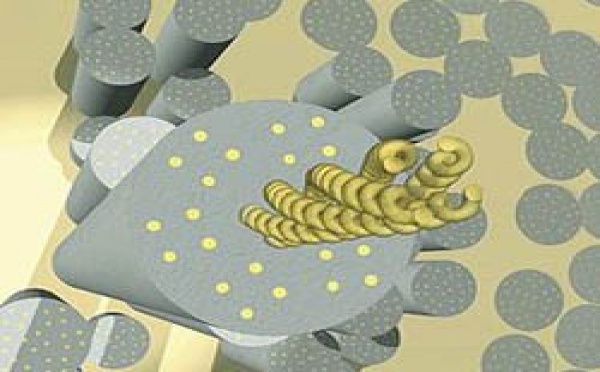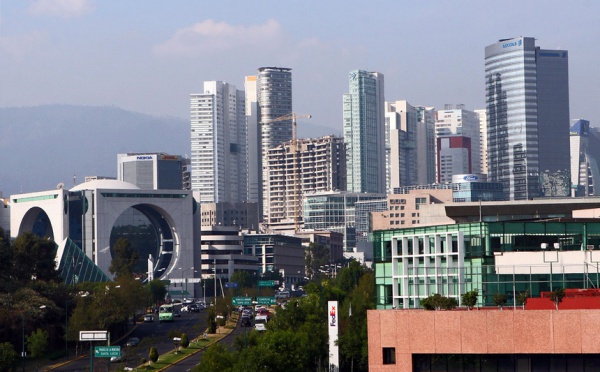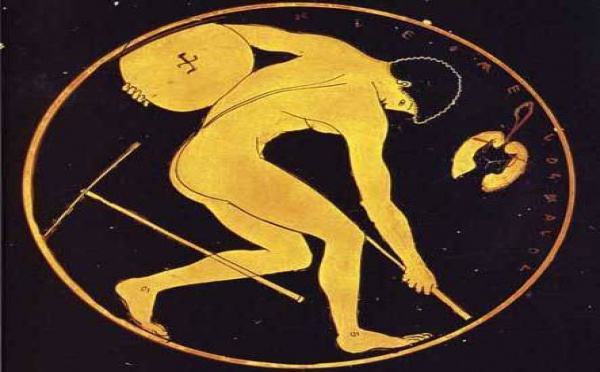
Solar system is a set of planets and moons centred on Sun. It includes nine planets, whose Earth, more than sixty moons and many other celestial objects, whose thousands of asteroids. Sun contains more than 99% of matter of the solar system, and its powerful gravity maintains the system set. Each object, from the smallest asteroid to Jupiter, the biggest planet, is in orbit around Sun. At the extreme limit of solar system, a comets cloud extends until half-way of the nearest star.
Solar system composition

The Sun, our local star, dominates solar system and its gravity maintains coherence of that last. The whole light and heat that we receive on Earth come from Sun.
• Mercury, the planet nearest from Sun, is also that which moves the most rapidly in the solar system. Its name corresponds to the messenger of gods in Romans.
• Venus, second planet nearest from the Sun, it is of a size comparable to Earth. It turns on itself in the sense of hands of watch, at the contrary of other planets.
• The Earth, our planet, is the unique which contains water and shelters life. It accomplishes a rotation on itself in 24 hours and a revolution around the Sun in one year, that is 365 days.
• Mars, first planet beyond Earth, turns on itself at the same speed than its last, but it needs almost twice longer time to make an orbit around the Sun, that is 687 days.
• Jupiter is immense, containing twice and half the mass of all other gathered planets. It turns on itself fastest than any other planet, in ten hours only.
Saturn owns the most extended, coloured and complex rings system, as well as the biggest family of moons of all planets of solar system.
• Uranus, it is twice far from the Sun than Saturn. It turns around the Sun when it rolls on itself, laid down on its orbit.
Neptune, more a planet is far from Sun, more its orbital period is long. Its reaches almost 165 years.
Pluto, the most far from the Sun. It has an eccentric orbit. It move apart far away from plan of other planets and, once by revolution, it penetrates in the interior of Neptune orbit.
• Mercury, the planet nearest from Sun, is also that which moves the most rapidly in the solar system. Its name corresponds to the messenger of gods in Romans.
• Venus, second planet nearest from the Sun, it is of a size comparable to Earth. It turns on itself in the sense of hands of watch, at the contrary of other planets.
• The Earth, our planet, is the unique which contains water and shelters life. It accomplishes a rotation on itself in 24 hours and a revolution around the Sun in one year, that is 365 days.
• Mars, first planet beyond Earth, turns on itself at the same speed than its last, but it needs almost twice longer time to make an orbit around the Sun, that is 687 days.
• Jupiter is immense, containing twice and half the mass of all other gathered planets. It turns on itself fastest than any other planet, in ten hours only.
Saturn owns the most extended, coloured and complex rings system, as well as the biggest family of moons of all planets of solar system.
• Uranus, it is twice far from the Sun than Saturn. It turns around the Sun when it rolls on itself, laid down on its orbit.
Neptune, more a planet is far from Sun, more its orbital period is long. Its reaches almost 165 years.
Pluto, the most far from the Sun. It has an eccentric orbit. It move apart far away from plan of other planets and, once by revolution, it penetrates in the interior of Neptune orbit.
Solar system creation

The primitive nebula
Solar system was formed from a primitive nebula issued from more remote stars explosion: Super Nova. In the primitive nebula, we have already found all the elements which compose now our present solar system. The mains among them are carbon, nitrogen and diverse minerals. But there are above all hydrogen and helium which are the two compounds necessary to the creation of a star, here the Sun. This nebula is, in fact, formed of clouds and dusts, which under the gravitation effect, begin to concentrate around a centre and to form a discus.
Sun creation
This spiral forming like that around a nebula centre, proves that this centre attracts a quantity always more important of matters. This gathering very dense characterizes by the meeting extremely violent between matter, creating like that energy partially dissipated under heat form. As mass of the new star increases, its attraction does the same thing. It results the previously explained phenomenon amplifies more and more until form an enormous fire ball: it is the formation of proto-sun. Because of the discus which surrounds the proto-sun heats from its birth moment, whose size can reach 200 UA (astronomic unit), that begins to solidify, atoms stick ones to others to form matter seed. At that moment, accretion phenomenon installs.
Planets creation
When seeds do not go too fast and crash, they form planetoids. There are in fact small stars which turn on orbit around a star, in our case, the star is the sun. Then, they assembly between them and form a planet. In order that a planet is born, it has to count between 50 and 100 millions years. At that period, the solar system is practically terminated. In fact, the proto-sun has become fully sun because he has reached temperature which permits to install its nuclear mechanism.
Solar system was formed from a primitive nebula issued from more remote stars explosion: Super Nova. In the primitive nebula, we have already found all the elements which compose now our present solar system. The mains among them are carbon, nitrogen and diverse minerals. But there are above all hydrogen and helium which are the two compounds necessary to the creation of a star, here the Sun. This nebula is, in fact, formed of clouds and dusts, which under the gravitation effect, begin to concentrate around a centre and to form a discus.
Sun creation
This spiral forming like that around a nebula centre, proves that this centre attracts a quantity always more important of matters. This gathering very dense characterizes by the meeting extremely violent between matter, creating like that energy partially dissipated under heat form. As mass of the new star increases, its attraction does the same thing. It results the previously explained phenomenon amplifies more and more until form an enormous fire ball: it is the formation of proto-sun. Because of the discus which surrounds the proto-sun heats from its birth moment, whose size can reach 200 UA (astronomic unit), that begins to solidify, atoms stick ones to others to form matter seed. At that moment, accretion phenomenon installs.
Planets creation
When seeds do not go too fast and crash, they form planetoids. There are in fact small stars which turn on orbit around a star, in our case, the star is the sun. Then, they assembly between them and form a planet. In order that a planet is born, it has to count between 50 and 100 millions years. At that period, the solar system is practically terminated. In fact, the proto-sun has become fully sun because he has reached temperature which permits to install its nuclear mechanism.
Planets on their orbit attract the last planetoids or dusts and the most far from sun capture gas more weak such as hydrogen H or helium He and become gaseous planets (in this category, we find Jupiter, Saturn, Uranus and Neptune). At the contrary, the nearest from sun have more difficulties to keep their atmosphere because sun attracts weak elements. Then they have a strong stone and a little or not atmosphere: there are telluric planets (Mercury, Venus, Earth…). At last, it remains the case of Pluto which is probably a remote satellite of Neptune.
Besides, we remark that the number of natural satellites which owns each planet varies with the distance from sun. Like that, more the planet is far from sun and its attraction, more it has chance to own satellites. For that reason, we remark Venus has no one satellite, Earth has only one (the Moon), Mars has two and at the opposite, Jupiter owns 20. It was like that that appeared our present solar system.
The end
Today, Sun is at the half of this life, in 5 billions years, it will have exhausted its whole energy (it will have burnt its whole hydrogen) and will begin to burn helium, then it will become red and will inflate until reaching 50 times its current diameter. Then it will collapse on itself to form a white dwarf (of the Earth size) and will extinguish little by little.
Besides, we remark that the number of natural satellites which owns each planet varies with the distance from sun. Like that, more the planet is far from sun and its attraction, more it has chance to own satellites. For that reason, we remark Venus has no one satellite, Earth has only one (the Moon), Mars has two and at the opposite, Jupiter owns 20. It was like that that appeared our present solar system.
The end
Today, Sun is at the half of this life, in 5 billions years, it will have exhausted its whole energy (it will have burnt its whole hydrogen) and will begin to burn helium, then it will become red and will inflate until reaching 50 times its current diameter. Then it will collapse on itself to form a white dwarf (of the Earth size) and will extinguish little by little.


















